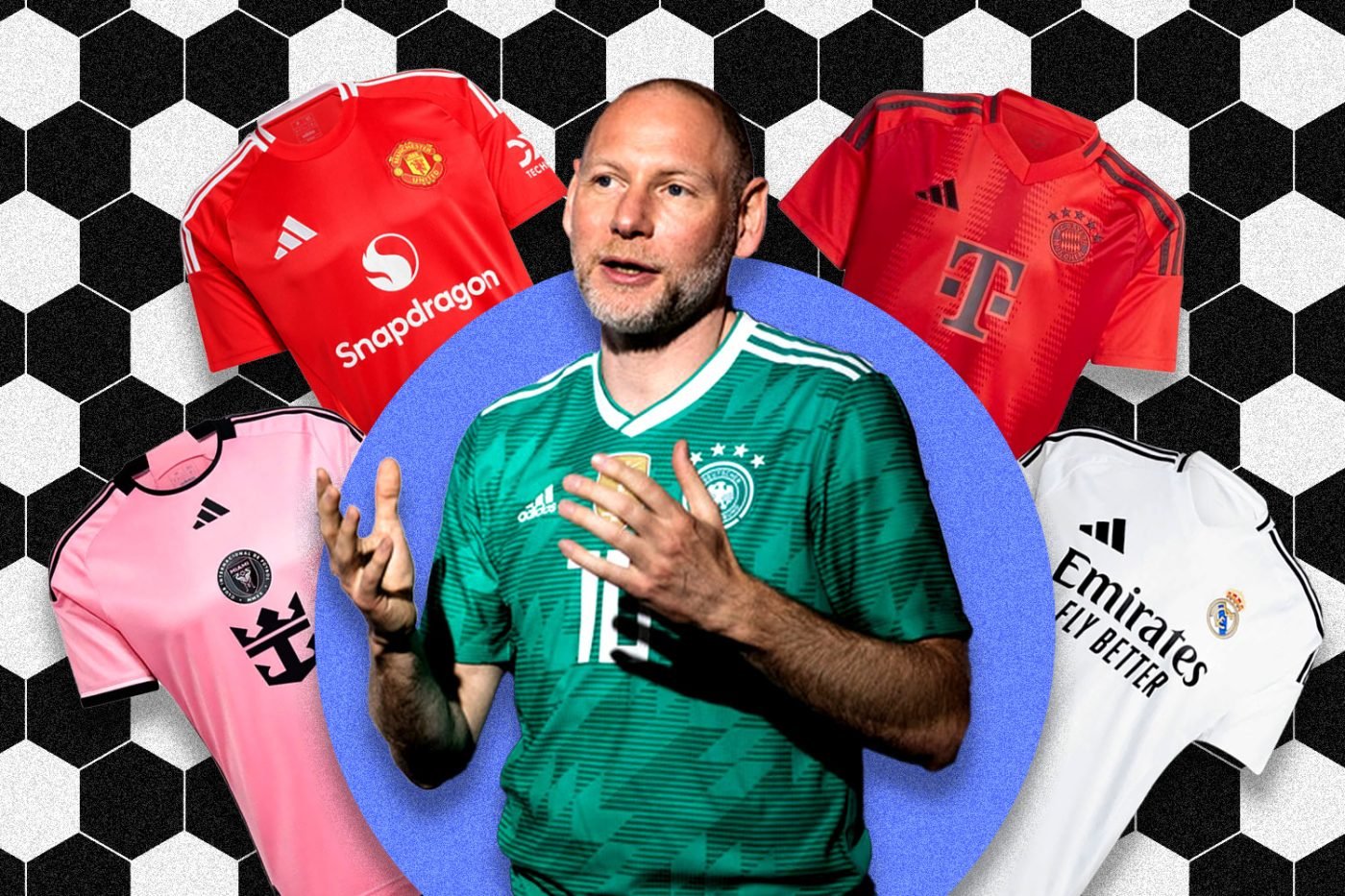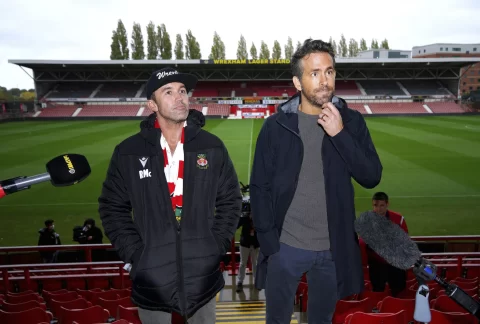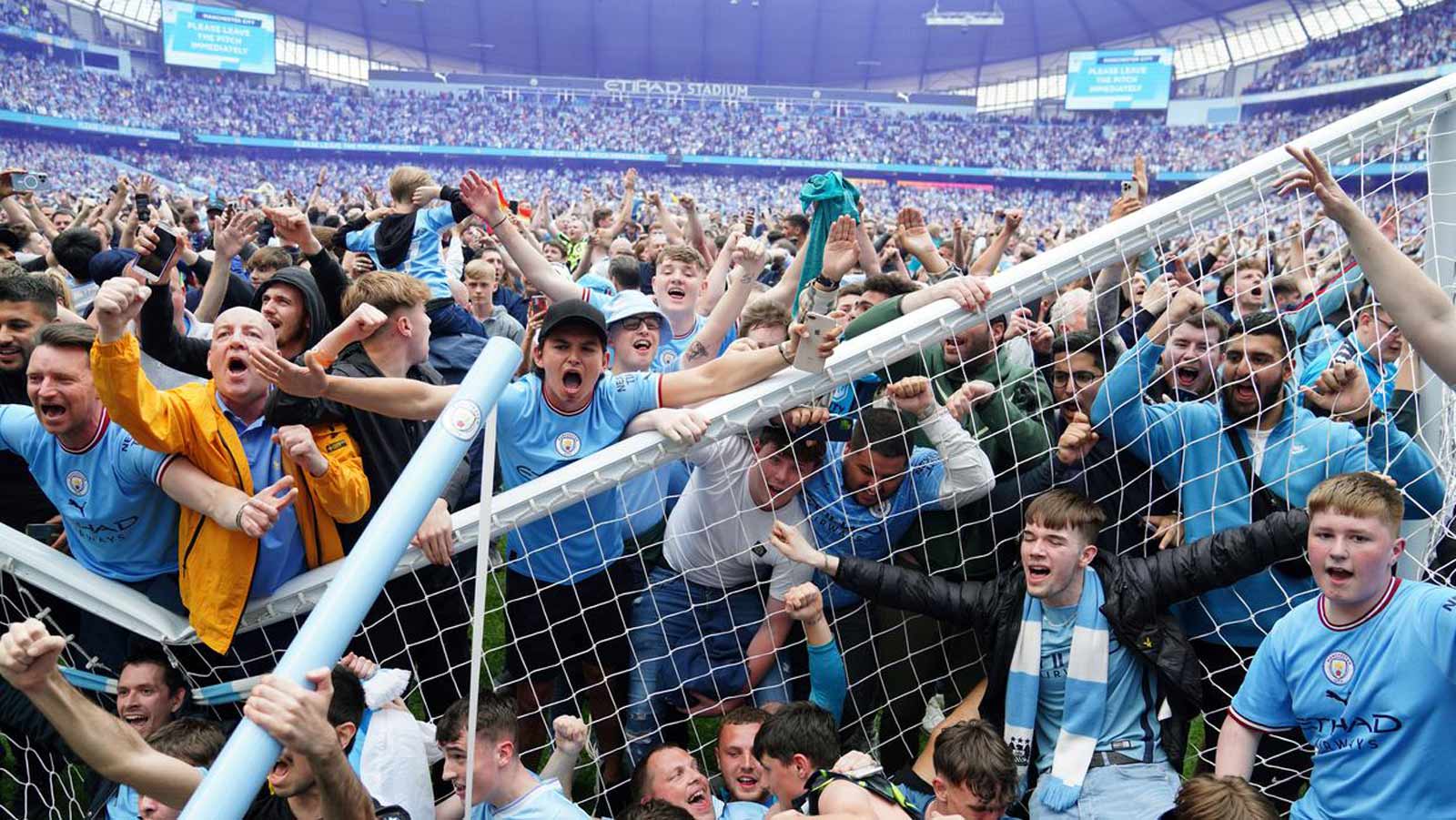Football has always been in the local communities and the boroughs that they represent. Before the 24-hour news cycle of the modern game, its reach rarely extended beyond the creaky turnstiles of the local ground.
The weekend matchday was the beating heart of the local community; the local pubs, crammed with the fans, both home and away, ahead of the midday kickoff, filling the streets on the long walk from the station to the pearly gates of the ground.
In the 80s, it was a sport for the working class; the game was gritty, raw, and deeply tied to cultural identity. Stars like Marco van Basten, Gary Lineker, Karl Heinz-Rummernigge, Michel Platini and Ruud Gullit were emblematic of an era of football culture, still romanticised by the faithful in the stands to this day.
Adidas was central to this, not just as a sportswear brand but as a symbol of the terraces. From the Trefoil trademark on the classic football kits to the timeless design of the Sambas and Gazelles, the German brand was synonymous with authenticity and the no-nonsense ethos of the football fan.
“At Adidas, we are passionate about bringing these stories to life in collaboration with our federations, clubs and players and are proud to be able to play a role in bringing them to a much wider audience than strictly the football world,” Jürgen Rank, Adidas’ Senior Design Director for Football Apparel, exclusively told DMARGE.
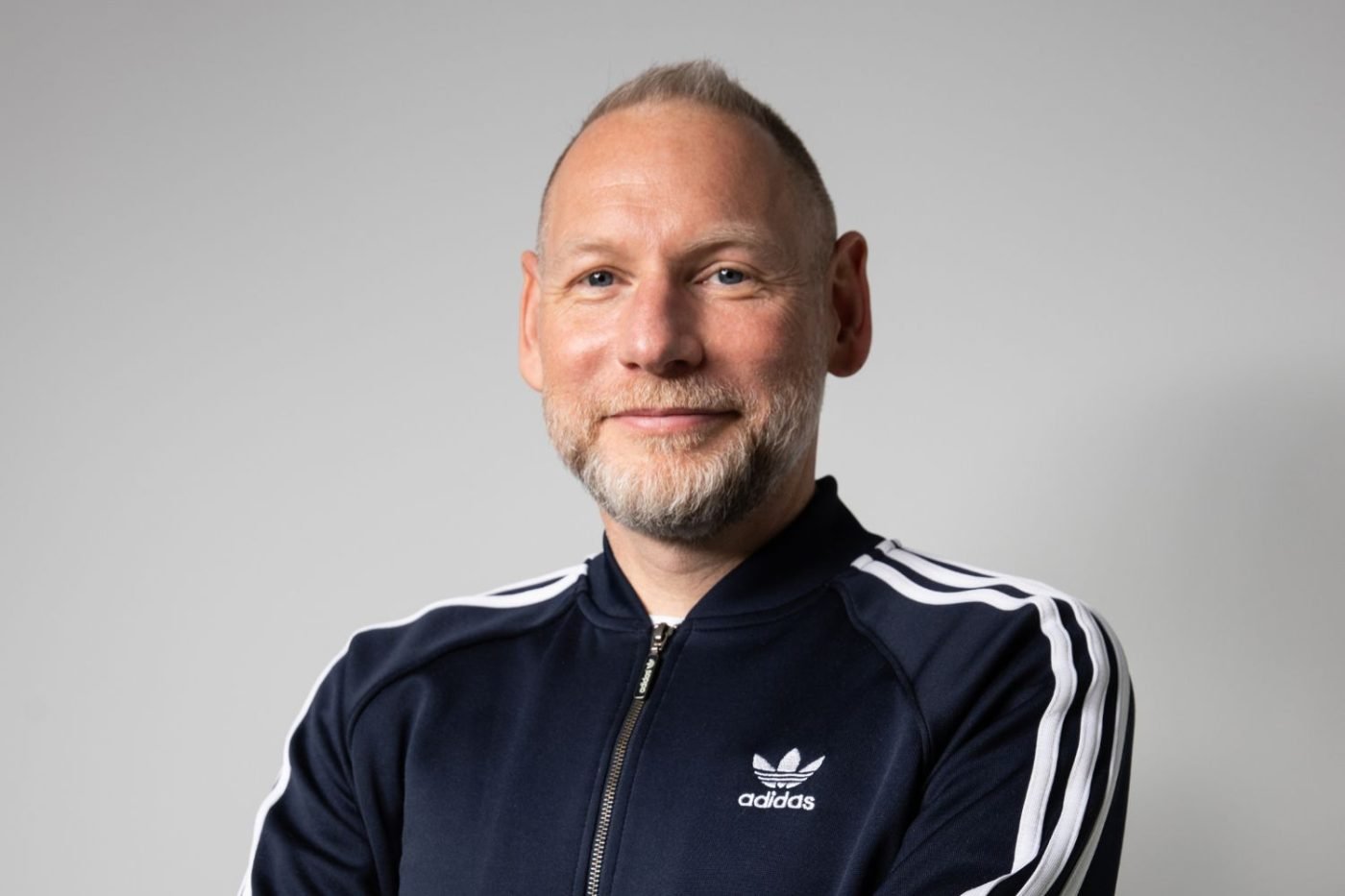
How Adidas Transformed Football and Fashion
Seen on the biggest clubs and national teams at the time – Liverpool and Bayern Munich, Holland and Germany – Adidas kits often served as a unifying symbol of club and community pride.
In the 80s, the brand had started to introduce more expressive design elements into their kits, buoyed by a transition to polyester, which opened up a host of printing opportunities. Think Holland’s World Cup kit in ’88 or AC Milan’s kit, immortalised by their Dutch contingent. Adidas’ dominance on the pitch grew, and so too did its influence off it. It wasn’t just big 80s hair and world class playmakers that would define a historic era of the sport.
Related Stories
“A football shirt is so much more than just a performance sports product – they are canvases for storytelling that carry a level of identity, history, culture and style.”
Jürgen Rank, Adidas’ Senior Design Director for Football Apparel
“The biggest graphical explosion happened in 1988 for EUROS held in Germany,” Jürgen Rank told DMARGE. “Horst Dassler [Adidas’ chairman and the son of Adidas’ founder] asked the Adidas designers to try something entirely new, encouraging them to be as bold as they possibly could with geometric patterns as their inspiration. The Dutch and German shirts are the best examples of this and are two shirts that have become iconic.”
However, not everyone immediately embraced this bold departure. “The Dutch team lost their first match at the tournament, and immediately declared they didn’t like the design. But alas, they went on to win the whole thing and the shirt instantly became one of the most iconic Dutch football shirts of all time.”
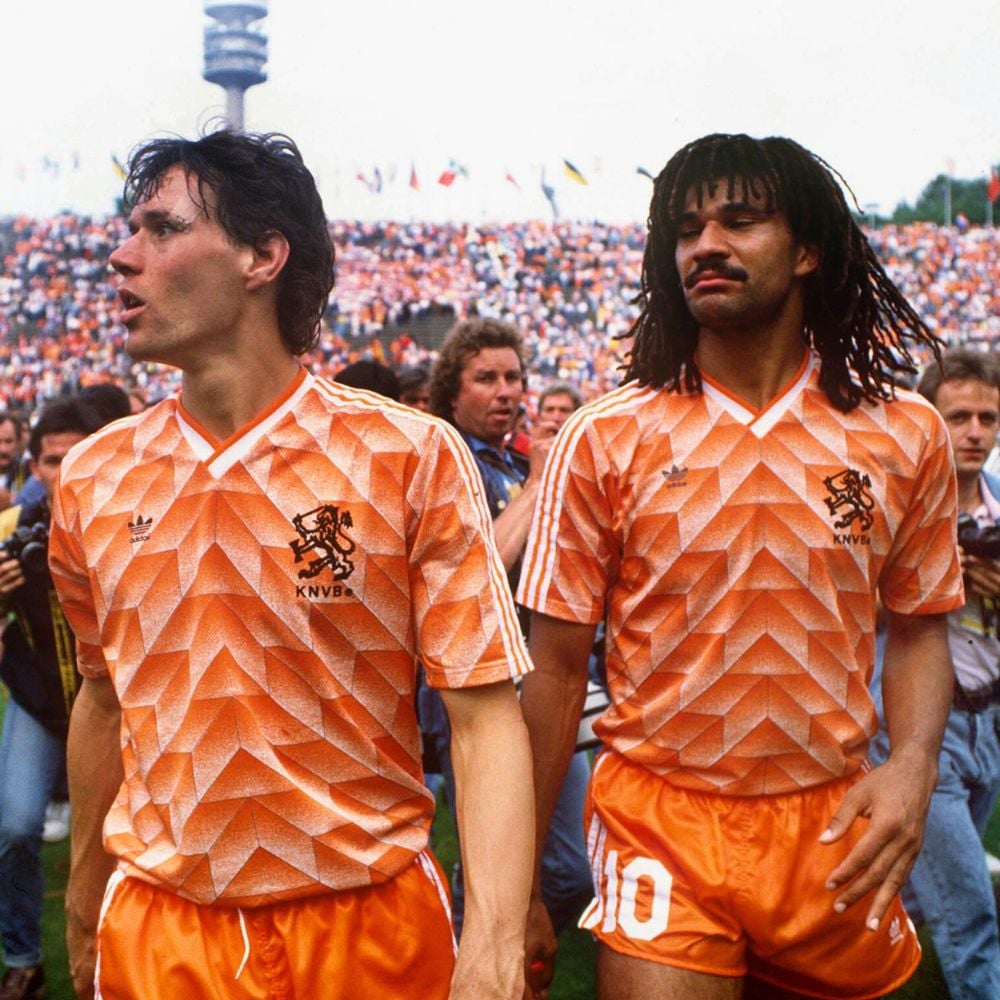
Adidas, The Netherlands and The Most Iconic Kits of All Time
The 1988 FIFA World Cup marked a pivotal moment in the wider game – not just for Adidas but for football itself -bridging the gap at the intersection of football, fashion and culture that had never been seen before. The brand’s iconic three stripes were proudly worn by the world’s best players and fans alike, creating an organic connection between the game and the brand.
By the mid-90s, football kits had made their way out of the terraces and into everyday street style, transcending the 90 minutes on the pitch and interwoven into everyday life – although it certainly wasn’t as prevalent as today’s fashion-forward fans.
“The change came around 2015/16, when it started to become a much bigger thing, which I believe we as Adidas played a major role in,” Jürgen Rank continued.
“From 2016 onwards, the starting point for all our design in football was the mantra: ‘From the stadium to the street.’ When we launched our ’80s and ’90s inspired 2018 FIFA Men’s World Cup federation shirts, the overwhelmingly positive reaction of players, fans, journalists and influencers confirmed our philosophy: football and fashion are fundamentally intertwined. To ignore this, would be ignoring what culture was dictating.”
Modern Collaborations That Define a Movement
Adidas was intent on capitalising on this cultural wave as a cultural tastemaker, announcing collaborations with some of the world’s most influential designers and fashion houses. These pieces with Palace, Yohji Yamamoto, Wales Bonner, and Labrum brought high-fashion aesthetics to the kits of some of the world’s most iconic clubs and nations, blurring the lines between kits and couture.
In North London, Arsenal championed this new direction with high-profile fans like Will Poulter joining Patrick Viera and other club legends in Adidas’s An Original. Always ad campaign to launch the new third kit ahead of the 2024/25 season.
“This year saw us bring back the trefoil logo – our adidas Originals marker – to our biggest club team partners.”
Jürgen Rank, Adidas’ Senior Design Director for Football Apparel
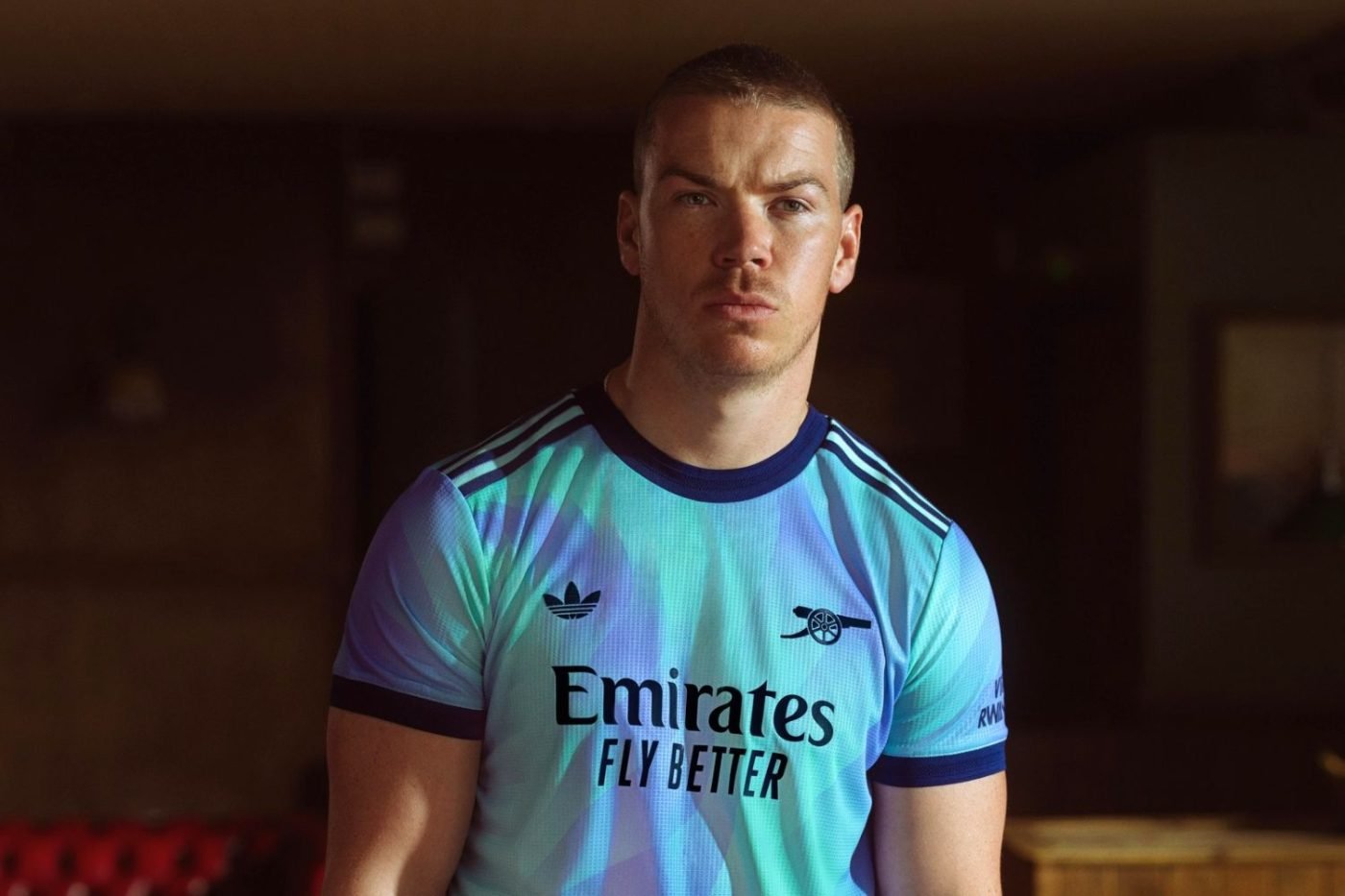
“The trefoil hadn’t been seen on the pitch since the 70s and 80s, as it had evolved to become synonymous with the streetwear and fashion side of our brand. But as we’ve just discussed, the lines are now very much blurred – so the 75th anniversary of our brand felt like a brilliant time to bring it back on the pitch, with impact,” Jürgen Rank said.
“Just take a look at our recent Aston Villa video with Ozzy Osbourne, the Manchester United video with Barry Keoghan or the Arsenal content with Will Poulter and Patrick Viera. We’re bringing a lot more fun and club-specific insights to our work.”
The return of the trefoil feels like a full-circle moment for football; the return of a cultural icon, yet one that is firmly placed within the contemporary football landscape.
Football kits are no longer confined to the stadia; they have re-entered everyday life, becoming a staple of contemporary streetwear. It’s not unusual to spot them in local cafés, on public transport, or in pubs far removed from league fixtures. But as we know, football has never existed in a vacuum – it reflects the changing cultural tide.
The 2023 FIFA Women’s World Cup
“The 2023 Women’s World Cup away shirts are a great example of this as there became a more conscious awareness of the environment we live in,” Rank explained. “For this collection, our aim was to celebrate the unique natural sceneries and colours found in each nation – in a unique artistic expression. Many of these graphics were made by hand, captured by camera and then transferred on to the shirts.”
Adidas went to great lengths to represent the unique qualities of each participating nation with individualistic design elements unique to them. The entire process starts more than two years before the eventual release of the kits, working closely with the athletes and governing bodies to ensure that the designs reflect the area Adidas is designing for.
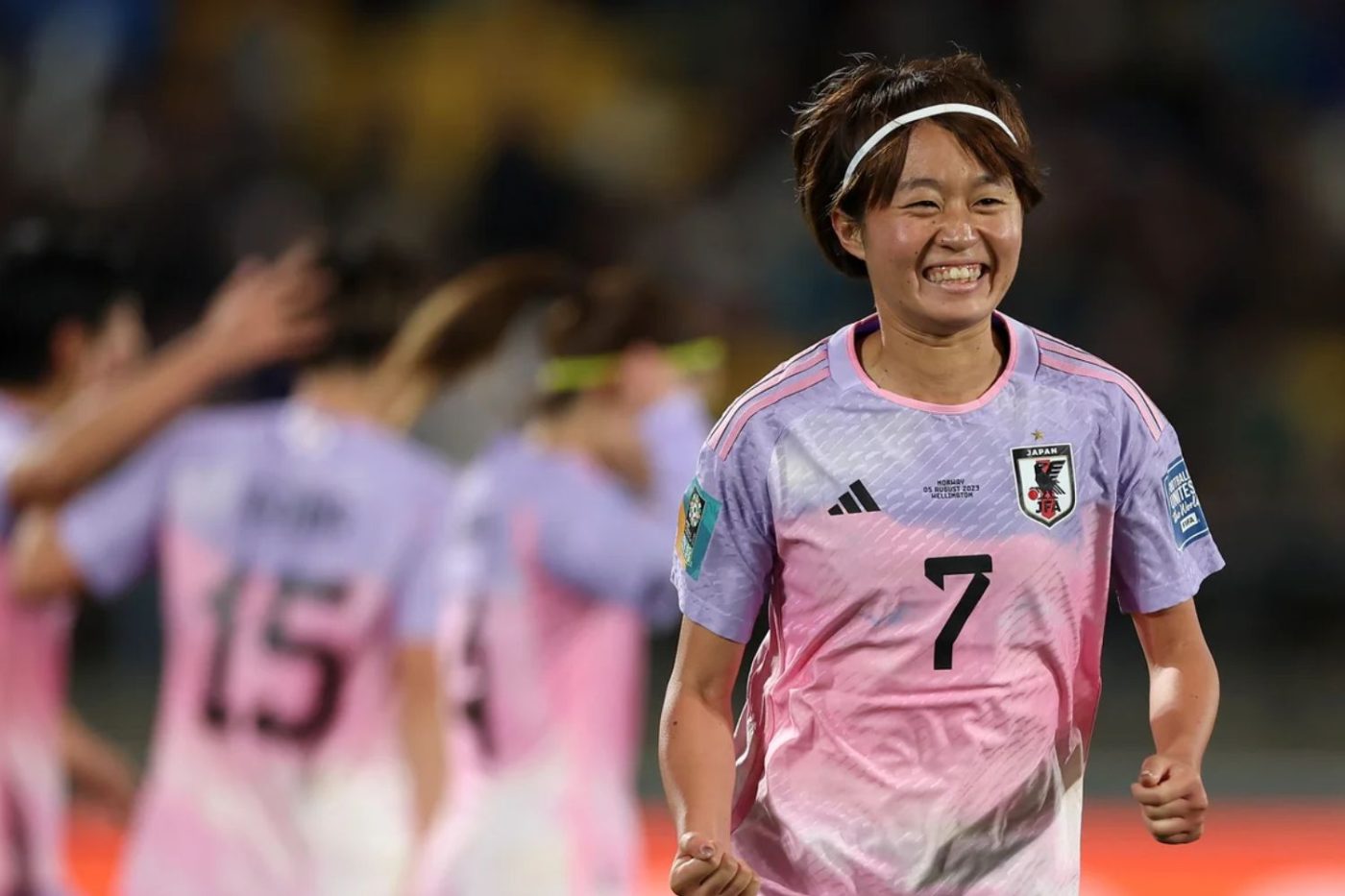
For Spain, Adidas drew inspiration from the coral reefs that are abundant in both Southern Europe and Australasia, where the World Cup was held, pressing colour between two panes of glass to achieve this glistening pattern across the kits.
For the German strip, real twigs were used alongside spray paint to capture the natural beauty of Germany’s forest canopy, while Japan adopted sunrise clouds that were recreated by dropping the required colours into water to replicate the delicate, floating patterns.
“It is a project that is still very close to my heart, and I don’t think it should be underestimated how big an indicator it is of the sensational rise of women’s football over the last decade – and we are immensely proud to be a partner in this growth,” Jürgen Rank told DMARGE.
“I remain massively proud of the team who brought it to life.”
Jürgen Rank, Adidas’ Senior Design Director for Football Apparel
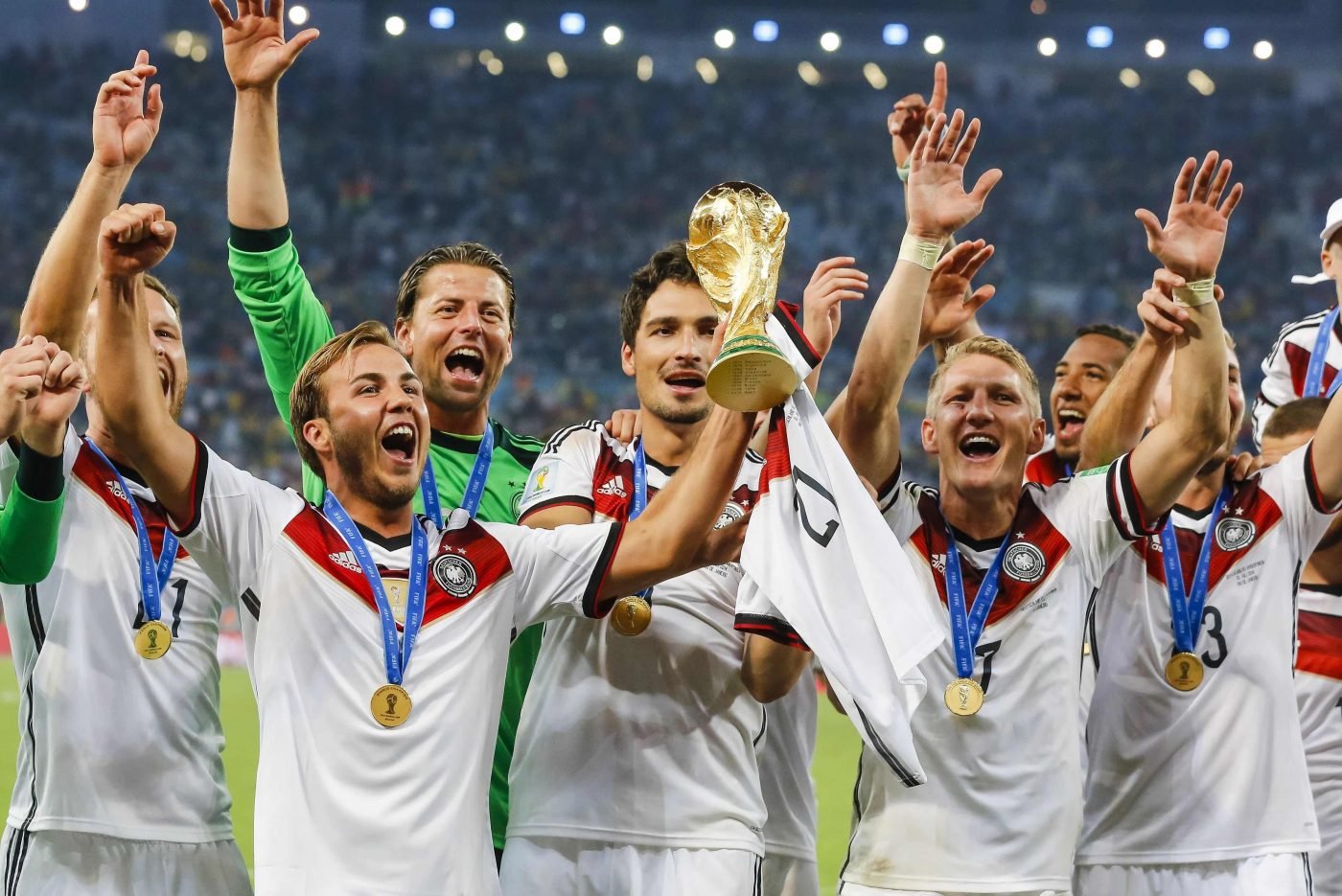
Jürgen Rank’s Favourite Adidas Kits Of All Time
Today’s shirts carry an added layer of meaning – they are symbols of style, status, and identity in a world where football’s influence is more global than ever. Of course, this is true of all releases throughout the decades; each representing a famous goal, player or moment that is uniquely placed within the history of the club.
Yet by embracing fashion and lifestyle elements, Adidas and its partners ensure that football apparel remains relevant in a rapidly evolving cultural landscape, capturing the raw emotion and organic connection felt between every fan and their club that remains a constant throughout their lives.
“I have followed my hometown team for my whole life,” Jürgen Rank told me. “So the beautiful anniversary home shirt I did in 2021 for my hometown club SpVgg Bayreuth, currently playing in the German 4th League, with the local beer brewery Bayreuther Hell, holds immense personal meaning to me.”
“Similarly, growing up as a fan of the Nationalmannschaft and then having the privilege to design their World Cup-winning shirt in 2014 is something more than special to me. There are no words I can use, that come close to doing it justice.”

Each kit carries with it a unique story, woven into the fabric of football’s collective memory. Designs like Spain’s 2010 World Cup-winning kit, Germany’s 2014 triumph in Brazil, and Argentina’s 2023 World Cup strip in Qatar reflect the brand’s commitment to authenticity, performance, and cultural resonance.
As societal trends continue to shape the modern game, influencing the evolution of football kits, with innovative and sustainable materials quickly becoming the norm, one thing will always remain constant: the inherent connection we feel to our clubs and the kits that they wear.
The game will no doubt change, and football’s cultural footprint will only continue to grow as its influence seeps deeper into fashion, art, and society. Yet, how far can this intersection of sport and culture evolve, and what stories will tomorrow’s kits tell?
